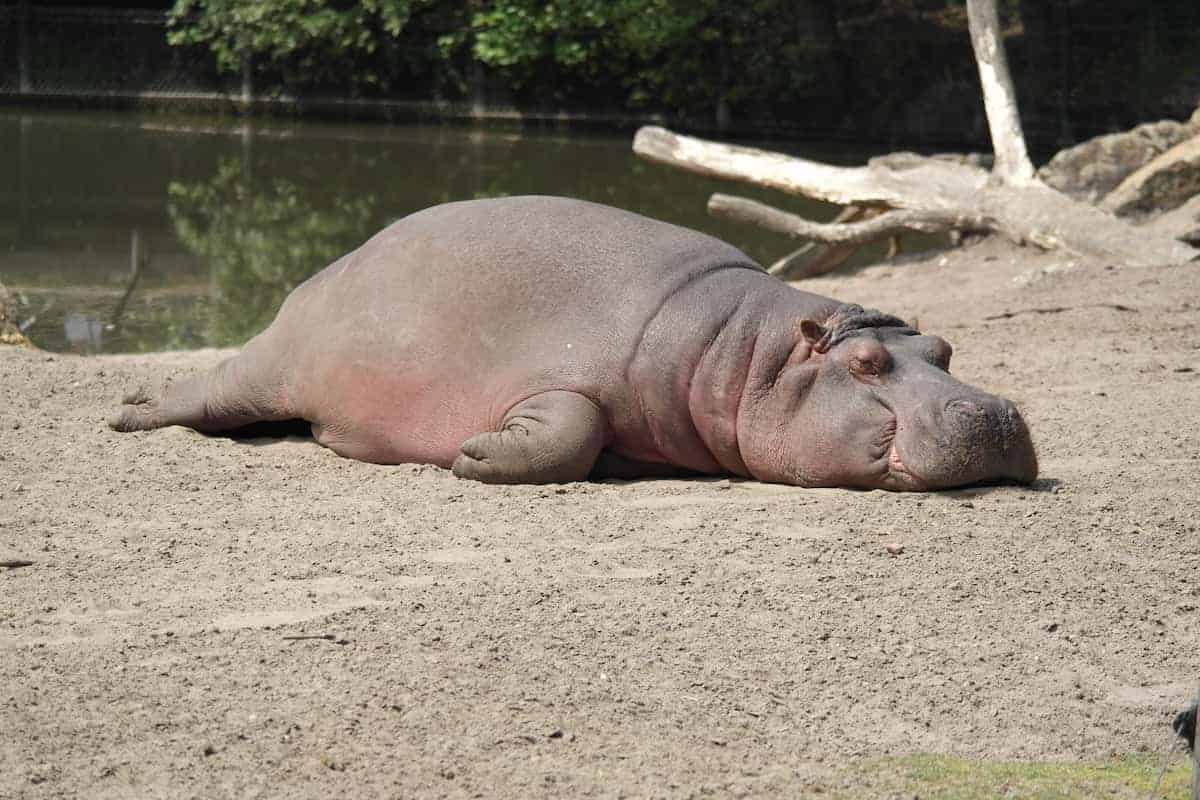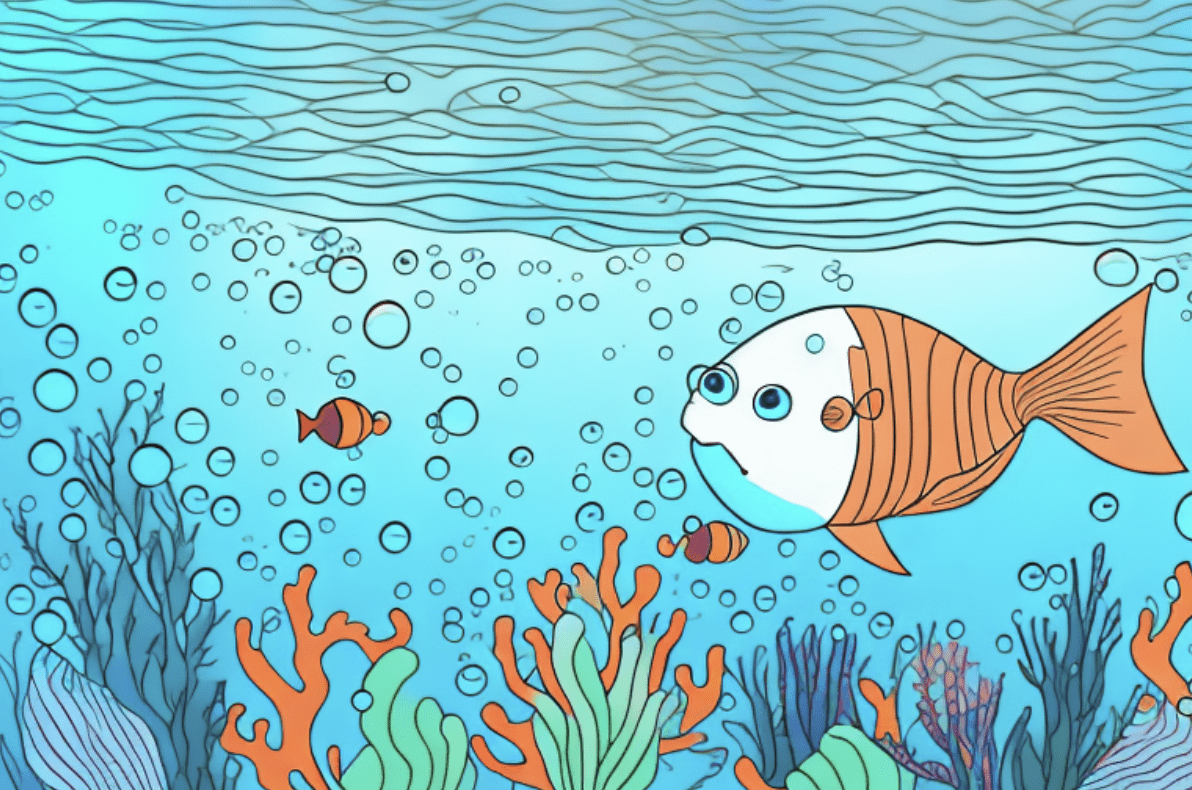Sleep is a crucial part of life for many animals, including humans. But what about dolphins? Do they need to sleep, and if so, how? The simple answer is yes dolphins do sleep like all mammals however the answer is more complicated than just yes and this article will explore these topics in depth.
What Do We Know About Dolphins and Sleep?
Scientists have studied the sleep habits of dolphins for decades, and what they’ve discovered is fascinating. We know that dolphins need to sleep in order to survive and function normally, just like other animals. Studies have also shown that dolphins do not experience REM (rapid eye movement) sleep, which is typically associated with dreaming in humans.
Perhaps the most fascinating aspect of dolphin sleep habits is the fact that they seem to do it differently than most other animals. Although dolphins generally rest in a similar fashion to humans, it’s believed that their sleep pattern is much less structured. In other words, dolphins don’t have designated resting periods where they just stay in one place for extended periods of time; instead, they can be found swimming and interacting with their environment even while “sleeping.”
This behavior is known as unihemispheric slow-wave sleep, and it’s believed to be a way for dolphins to remain alert and aware of their surroundings while still getting the rest they need. This type of sleep is also seen in other aquatic mammals, such as whales and seals, and it’s thought to be an adaptation to their environment.
Investigating How Dolphins Sleep
To better understand dolphin sleep habits, researchers have studied the way dolphins move while resting. It appears that dolphins alternate between two types of sleep: a deep sleep where they become immobilized and float unresponsively to their surroundings and a lighter type of sleep where they remain in motion and alert to their environment.
The lighter type of sleep is sometimes referred to as cat-napping due to its short-term nature, and it appears that dolphins tend to use this method while they swim in open waters. While dolphins do not physically close their eyes when they cat-nap, signals detected in their brain waves indicate that they are indeed still sleeping.
In addition to cat-napping, dolphins also engage in a type of sleep known as unihemispheric sleep. This type of sleep is characterized by the dolphin sleeping with one half of its brain while the other half remains alert and active. This allows the dolphin to remain aware of its surroundings and potential predators while still getting the rest it needs.
How Many Hours of Sleep Do Dolphins Need?
Studies have suggested that dolphins require between 8-10 hours of sleep per day in order to remain healthy, with the majority of this sleep being split between shallow cat-naps and deeper periods of rest. Interestingly, dolphins do not need to be submerged in order to rest – they can also sleep while sitting or floating at the surface of the water.
Dolphins are able to sleep with only one half of their brain at a time, allowing them to remain alert and aware of their surroundings. This is known as unihemispheric slow-wave sleep, and is a trait that is shared by other aquatic mammals such as seals and whales. This adaptation allows dolphins to remain vigilant and safe from predators while they rest.
Do Dolphins Experience REM Sleep?
Although dolphins have been observed showing similar behavior to humans during REM sleep – such as rapid eye movement and jerking of limbs – scientists have come to the conclusion that dolphins do not experience REM sleep. Instead, dolphins seem to enter into an extended state of cat-napping where they only spend brief moments of time waking up and resuming swimming or socializing.
This extended state of cat-napping is thought to be a result of the dolphin’s need to remain alert and aware of its surroundings in order to stay safe from predators. This means that dolphins are able to remain in a semi-awake state for long periods of time, allowing them to remain vigilant and aware of their environment. This is in contrast to humans, who need to enter into a deep sleep in order to rest and recover.
Are Dolphins Nocturnal or Diurnal?
Dolphins are not strictly nocturnal or diurnal – their own body clocks dictate when they go to sleep and for how long. Some dolphins can be seen “sleeping” during the day and night. The main difference being that in open waters where there is plenty of food and other activities, more dolphins are seen swimming at night than during the day.
Does the Environment Affect Dolphin Sleep Patterns?
Yes, dolphins’ sleep patterns are heavily impacted by their environment, including factors such as water temperature, nearby predators, and food availability. In captivity, dolphins tend to develop their own unique sleep cycle based on their environmental conditions.
How Different Types of Dolphins Sleep
Different species of dolphins exhibit different sleep habits; for example, some species may show deeper levels of sleeping, while others cat-nap more often. In general, deeper levels of sleep have been observed in captive situations when the ocean is relatively warm and the dolphins’ environment is relatively quiet. Species such as bottlenose dolphins are known for using cat-naps to conserve energy in wilder settings.
Can Dolphins Sleep While Swimming?
Yes, dolphins can sleep while swimming or floating at the surface of the water – this is typically referred to as resting or cat-napping. However, it appears that dolphins cannot remain asleep while moving constantly; they must spend at least part of their rests as stationary.
Examining the Impact of Human Interaction on Dolphin Sleeping Habits
Dolphins living in captivity with regularly scheduled interactions with humans may experience disrupted sleeping patterns compared to those living in the wild. For example, wild populations of bottlenose dolphins typically rest for 8-10 hours each day, while those living in captivity are known to experience much shorter rest periods due to their increased level of human interaction.
Conclusion: What We Know About Dolphin Sleep Habits
In conclusion, we know that dolphins need to sleep in order to survive and function normally. Although their sleeping habits vary from species to species, it is believed that dolphins typically alternate between two different types of sleeping: deep sleep where they become immobilized and lighter cat-napping periods where they remain aware of their environment and can often be seen swimming or interacting with others even whilst resting. Factors such as water temperature, predators, and food availability can also have an impact on the amount and quality of dolphin sleep.





